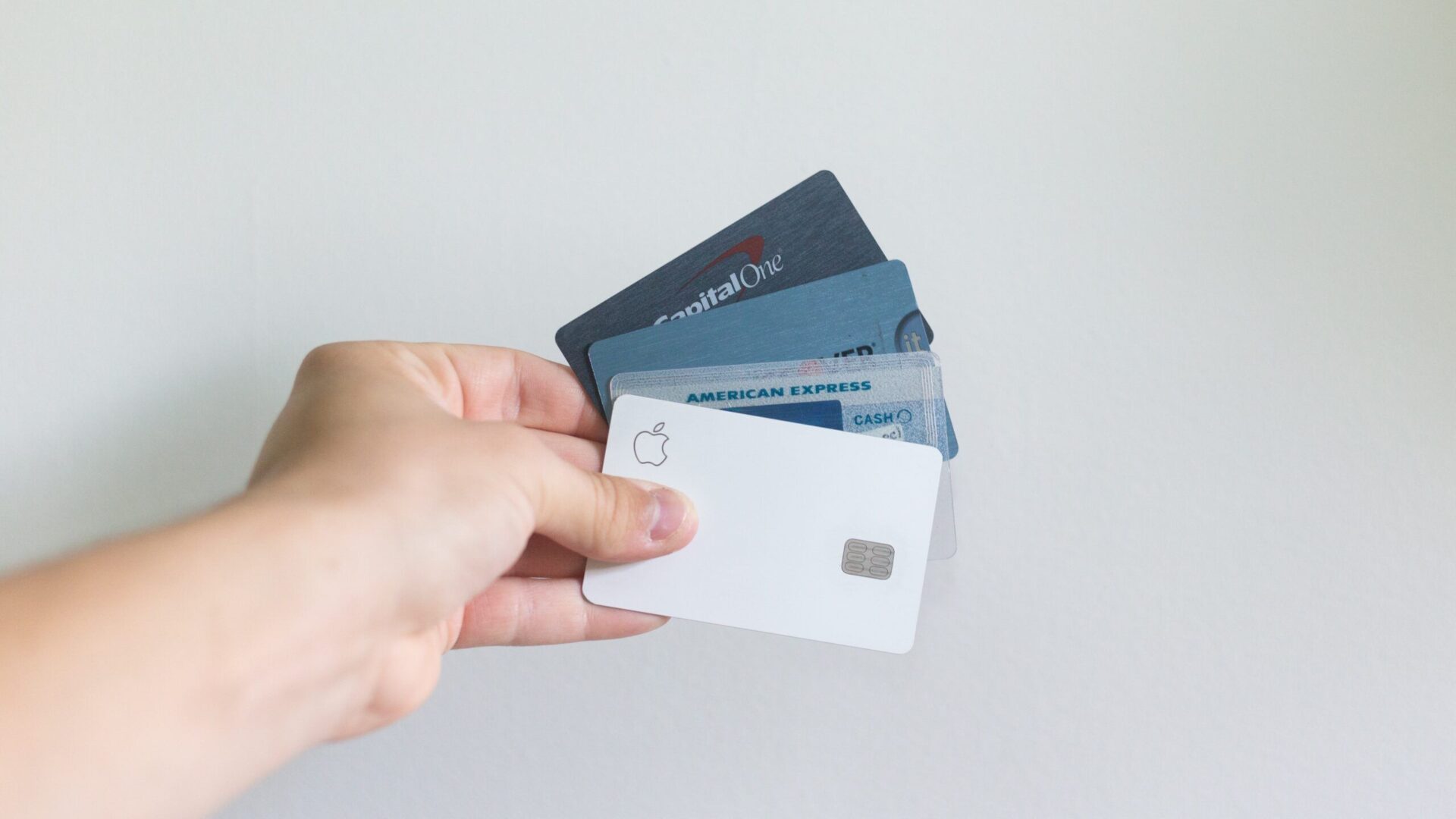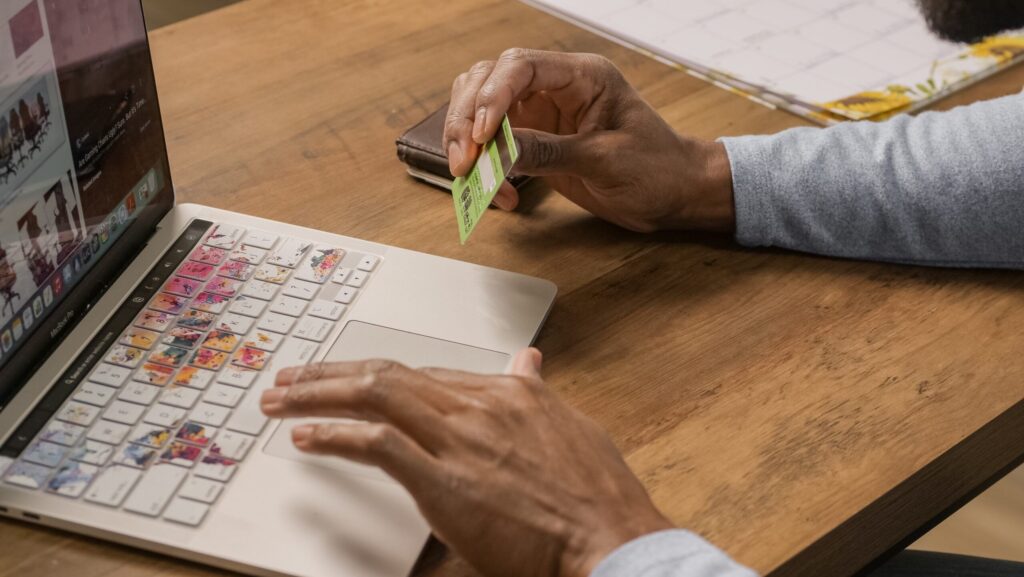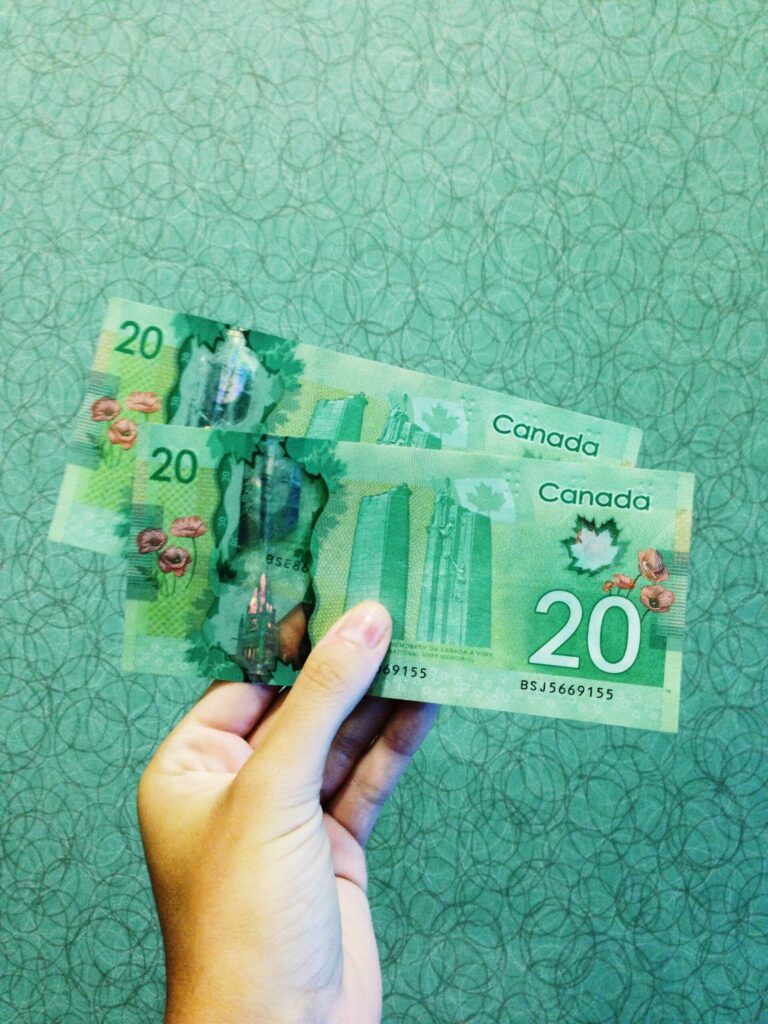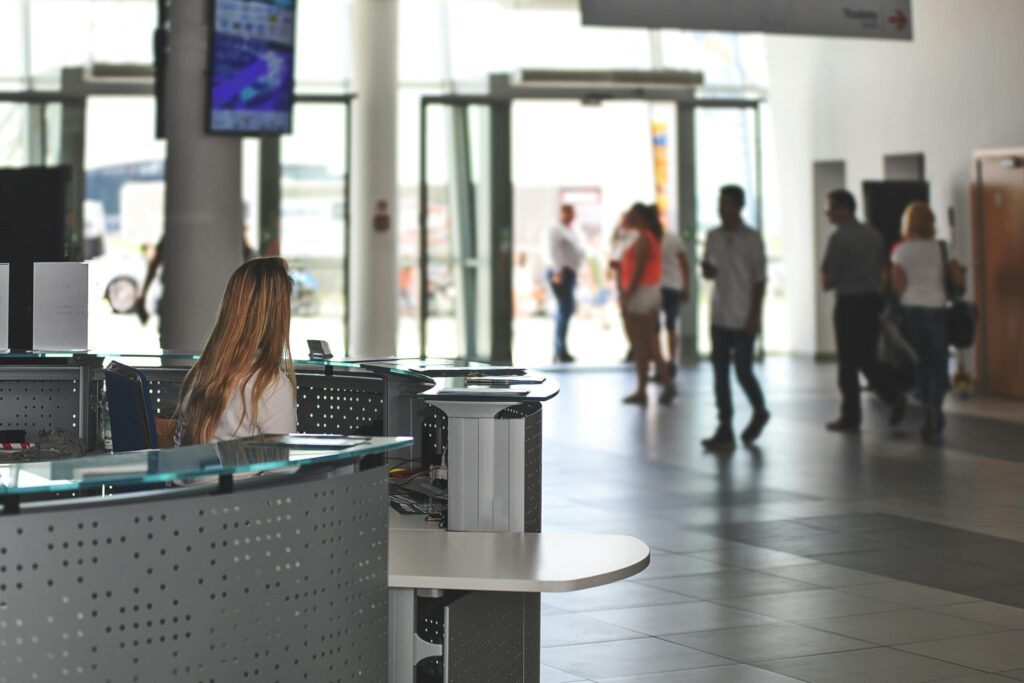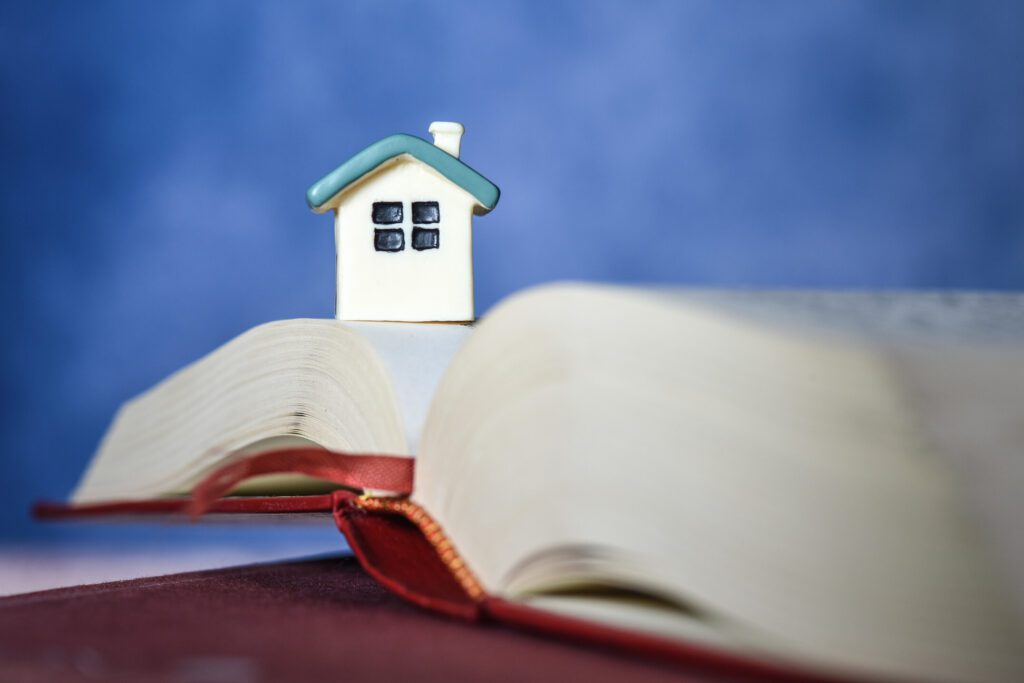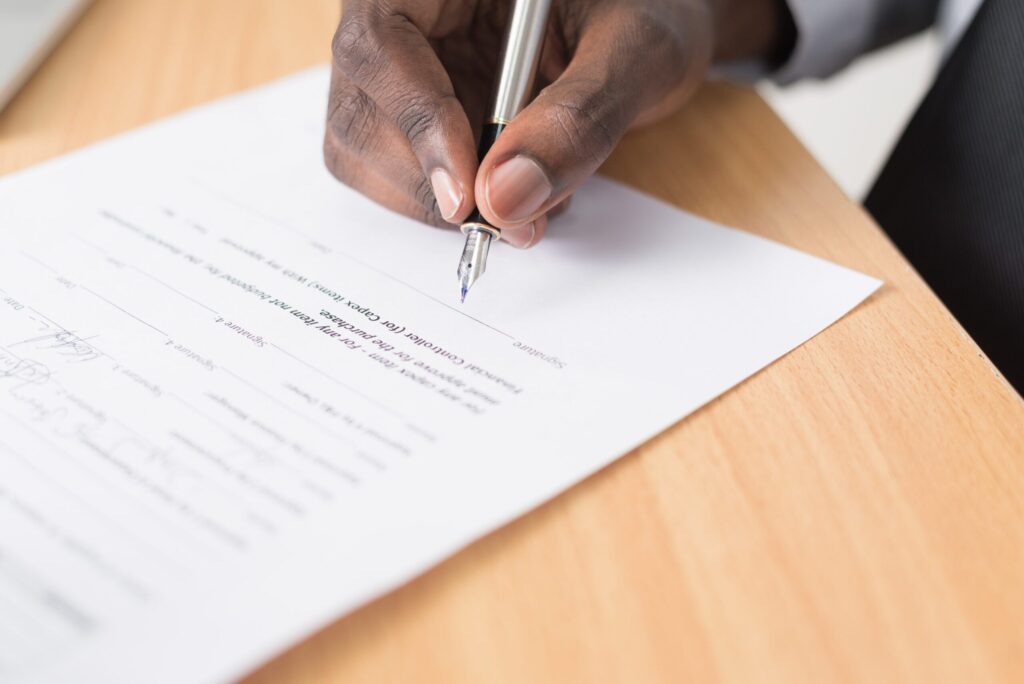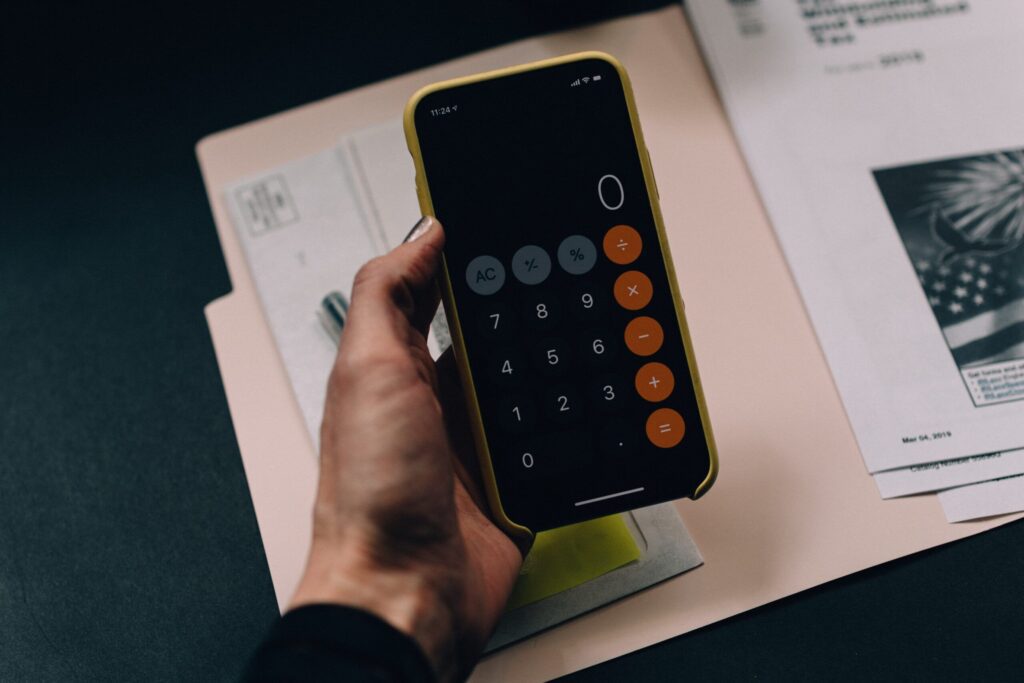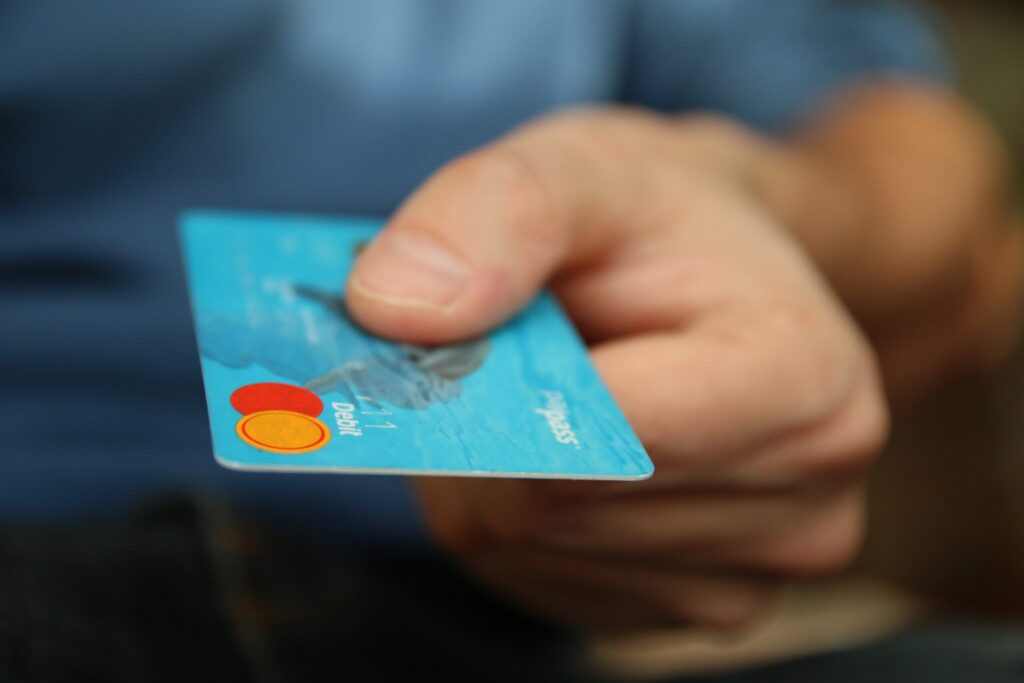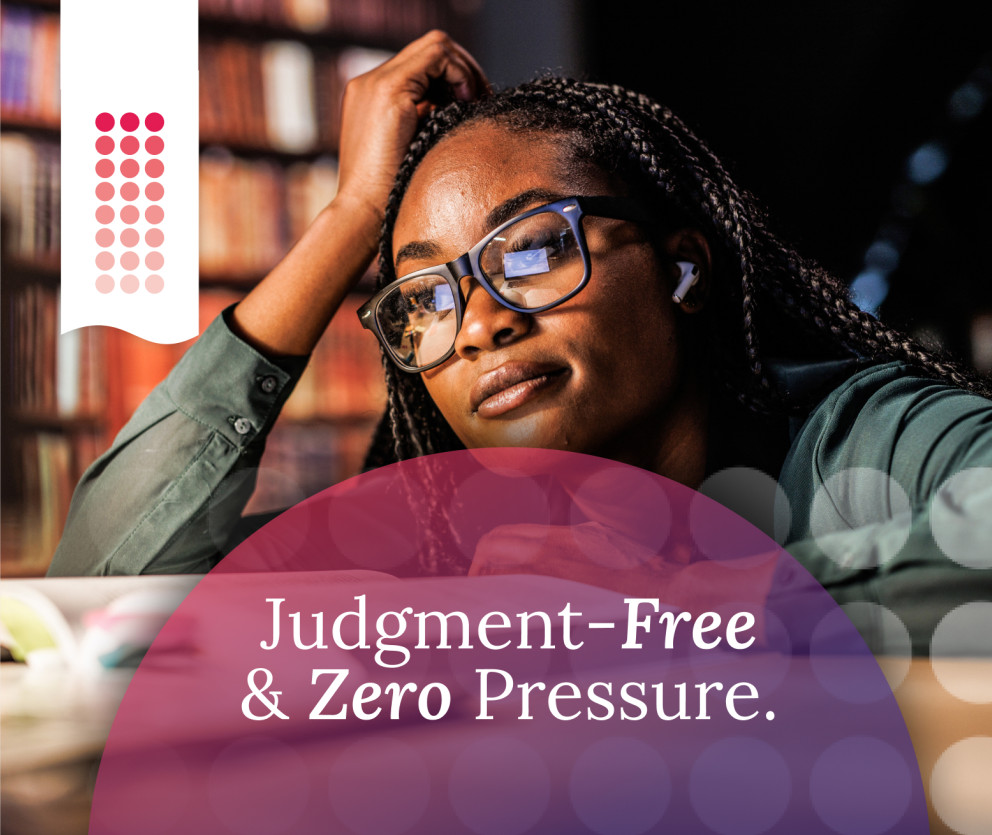A huge advantage of bankruptcy is being able to reset your finances, and begin afresh. It means you’re free from your unsecured debts, and you are given the chance to begin rebuilding your credit report and saving money. Getting a credit card after bankruptcy is an essential step toward gaining financial stability. Here’s how you can take the right steps to get a credit card after bankruptcy and start rebuilding your credit score.
Can you get a credit card after bankruptcy?
Absolutely – you can get a credit card after bankruptcy, but it will require time and effort to prove your financial responsibility. While bankruptcy remains on your credit report for up to six years after discharge, many lenders offer options for individuals looking to rebuild their credit, such as secured credit cards.
Is it a good idea to get a credit card after bankruptcy?
Knowing whether or not it is a good idea to get a credit card after bankruptcy is an important question. It may have been that credit card debt is what led to your bankruptcy in the first place, or perhaps you struggle to manage your credit card limits. You may simply be wary of using a credit card again for spending. This is where credit counselling sessions can help. Credit cards can actually be one of the most effective ways of rebuilding your credit, so long as they are used sensibly. If you get a secured credit card, do not overspend, and pay off the balance in full on time. It will indicate to banks and lenders that you are responsible with your money.
How to get a credit card after bankruptcy
If it’s the right step for you, here are the key steps to securing a credit card after bankruptcy:
1. Wait until you’re discharged
Before applying for a credit card, ensure your bankruptcy has been fully discharged. A discharge means you’ve fulfilled your obligations, and your debts have been officially cleared. Lenders are unlikely to approve any credit applications until this step is complete.
2. Check your credit report
Obtain a copy of your credit report from Equifax or TransUnion Canada to confirm that your bankruptcy discharge is recorded accurately. Review the report for any errors or outstanding debts that should have been included in your bankruptcy and dispute inaccuracies if needed.
3. Start with a secured credit card
A secured credit card is the best option after bankruptcy. With this type of card, you provide a refundable security deposit, which serves as collateral and determines your credit limit. Secured cards are easier to qualify for since the deposit reduces the lender’s risk. Many reputable institutions in Canada offer secured credit cards, including:
- Home Trust Secured Visa
- Refresh Financial Secured Card
- Capital One Guaranteed Mastercard
4. Use your card responsibly
Once approved, use your secured credit card wisely to demonstrate financial discipline. Tips for responsible use include:
- Making small purchases and keeping your balance low.
- Paying off your balance in full each month to avoid interest charges.
- Avoiding missed or late payments, as these can harm your credit score.
5. Monitor your credit progress
Keep track of your credit score to measure improvement over time. Regularly checking your credit report can also help you identify areas to improve and ensure accurate reporting by creditors.
6. Graduate to an unsecured credit card
As your credit improves, you may qualify for an unsecured credit card, which doesn’t require a deposit. Focus on applying for cards designed for individuals rebuilding credit, such as those with low credit limits and modest annual fees.
How long after bankruptcy can I get a credit card?
The end of the bankruptcy process comes about when you are discharged, and you are finally able to enjoy life after bankruptcy. It is important to remember, however, that bankruptcy will remain on your credit report for six or seven years after your discharge. This is provided it is your first bankruptcy. This does mean that some lenders and banks will think twice should you apply for a loan or credit. The good news is that it is possible to apply for a credit card as soon as you are discharged from bankruptcy. Typically, it can take a couple of years to get an unsecured credit card, but this is dependent on the lender or banks to which you apply.
Tips for improving your credit after bankruptcy
Beyond using a credit card, there are other steps you can take to rebuild your credit after bankruptcy:
- Pay bills on time: consistently paying utility bills, rent, or phone bills on time can positively impact your credit score.
- Keep debt levels low: avoid accumulating new debt and aim to use no more than 30% of your available credit.
- Avoid multiple credit applications: applying for too many credit accounts in a short time can lower your credit score.
How to get a credit card after bankruptcy in Canada: FAQs
Here are some of the most common questions we receive about getting a credit card after bankruptcy in Canada:
How long does it take to rebuild credit after bankruptcy in Canada?
Rebuilding credit after bankruptcy in Canada typically takes several years. A discharged bankruptcy remains on your credit report for six years in most provinces. During this time, creditors may view you as a higher risk, but you can start improving your credit almost immediately by adopting good financial habits. Steps like obtaining a secured credit card, consistently paying bills on time, and keeping balances low can help rebuild your creditworthiness faster. Most people see noticeable improvements within two to three years if they focus on responsible credit use and financial planning.
Can you get a Capital One card after bankruptcies?
Yes, it’s possible to get a Capital One credit card after bankruptcy in Canada. Capital One offers secured credit cards, such as the Capital One Guaranteed Secured Mastercard, which can be a great option for rebuilding credit. This card requires a security deposit ranging from $75 to $300, depending on your credit profile. It helps you establish a positive credit history by reporting your activity to major credit bureaus. For those who qualify, Capital One also offers unsecured options like the Guaranteed Mastercard, which doesn’t require a deposit but has higher interest rates and stricter requirements.
What if you’re rejected for a credit card?
It is possible to be rejected for a credit card after bankruptcy, but it’s important to remember that there is always a solution. At Spergel, you’re assigned your very own Licensed Insolvency Trustee to walk you through the entire bankruptcy process, and we can helpyou to understand your options when it comes to credit cards after bankruptcy. The reason for most rejections is because first bankruptcies remain on your credit report for 6-7 years. This is when your credit report is at its lowest, making it the hardest time to gain an unsecured card due to the risk for lenders. This is where alternatives like secured credit cards, prepaid credit cards, and online debit cards come in handy.
To learn more about how to get a credit card after bankruptcy in Canada, book a free consultation with a Licensed Insolvency Trustee at Spergel. We understand the challenges of rebuilding your finances after bankruptcy, and our experienced Licensed Insolvency Trustees (LITs) will guide you through the process.
